
Described as Narnia-like with a Canadian Indigenous twist, The Barren Grounds is a story that follows two Indigenous foster kids living in Winnipeg as they embark on a fantastical adventure while navigating their identity, belonging, and reclaiming lost culture.
Based on traditional Cree stories, the novel follows Morgan and Eli to Misewa, a small town in an alternate universe, filled with animal humanoid creatures. Misewa is struggling through a long, harsh winter that never ends, causing many problems. Morgan and Eli decide to stay and help the community while learning more about themselves and their culture.
This adventure and fantasy novel is an engaging way for young readers to learn more about Cree culture and honour Indigenous storytelling. Robertson elevates the readers experience by integrating Swampy Cree vocabulary, centering Indigenous storytelling in an interesting way for young readers. In my own experience reading it with my classroom, the students demonstrated great enthusiasm examining the meanings of Swampy Cree words and learning about Cree legends.
For educators wanting to integrate Indigenous knowledge into their classrooms, The Barren Grounds is essential. When paired with interactive activities and critical discussions connecting to Canada’s relationships with Indigenous ways of knowing, this book can add to student’s understandings and help center Indigenous voices within our educational system.
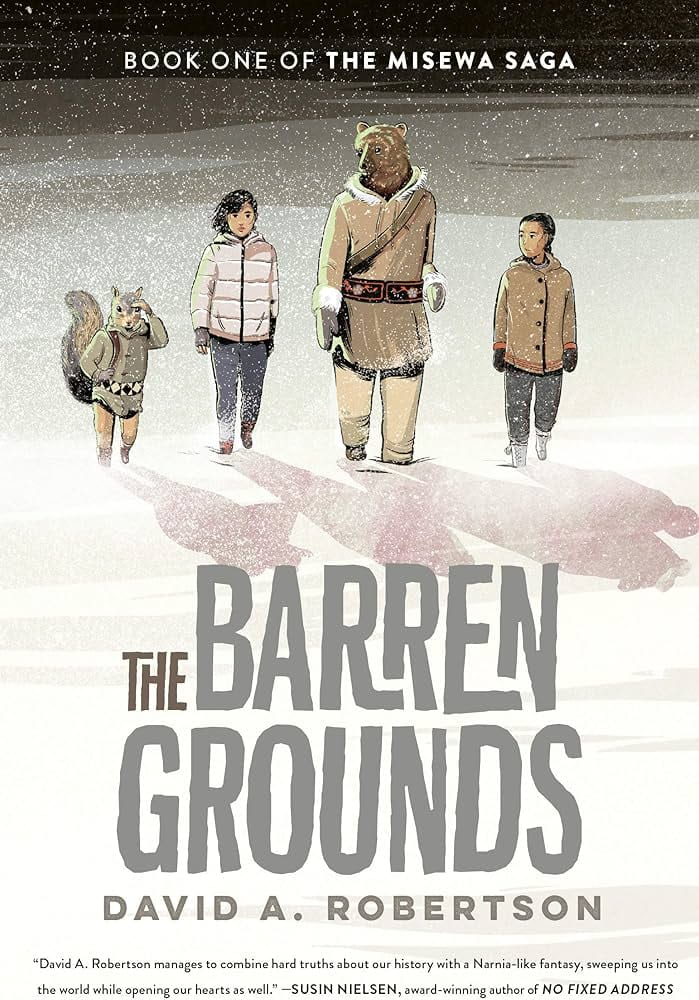

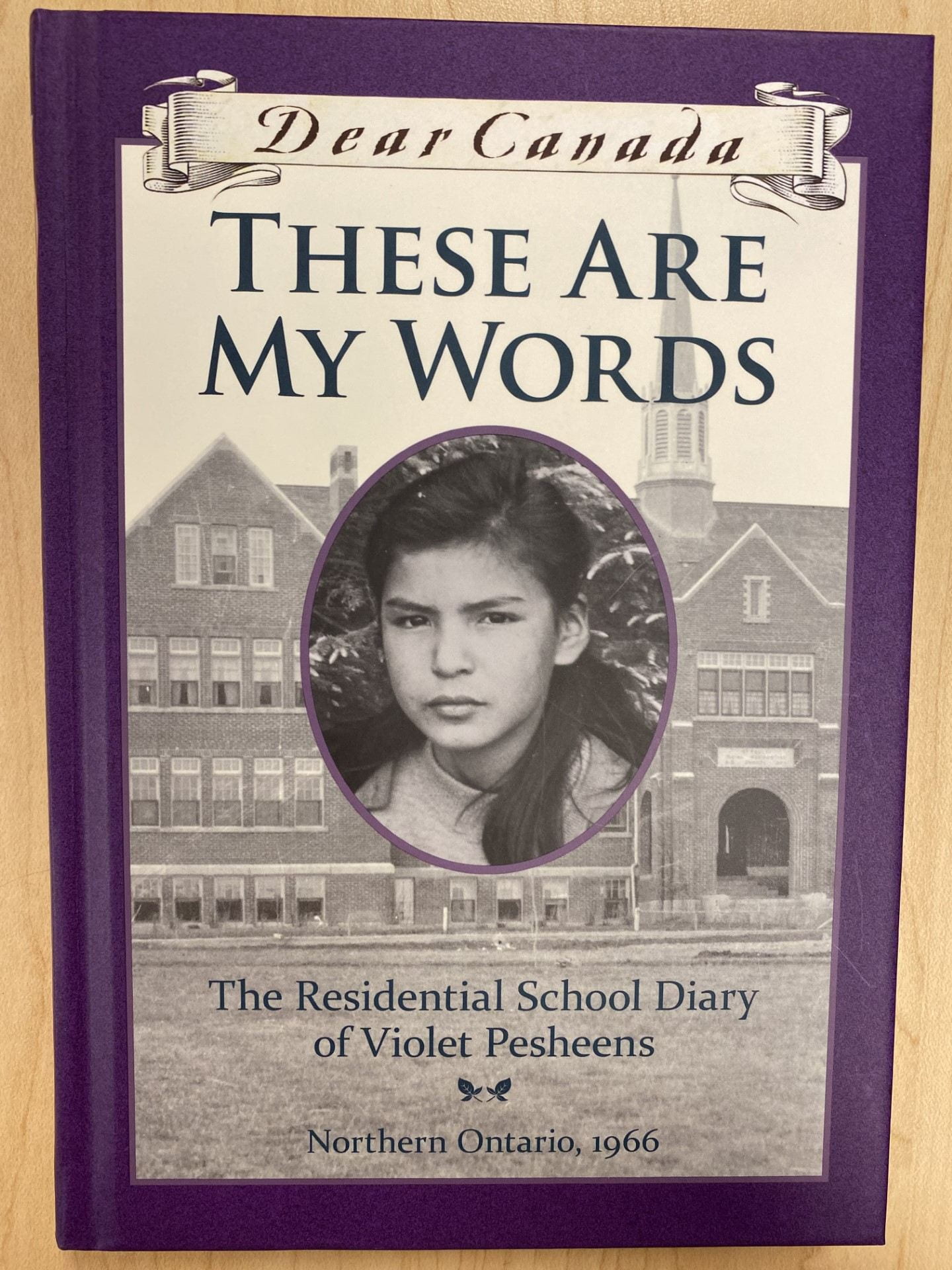
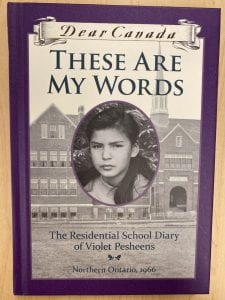
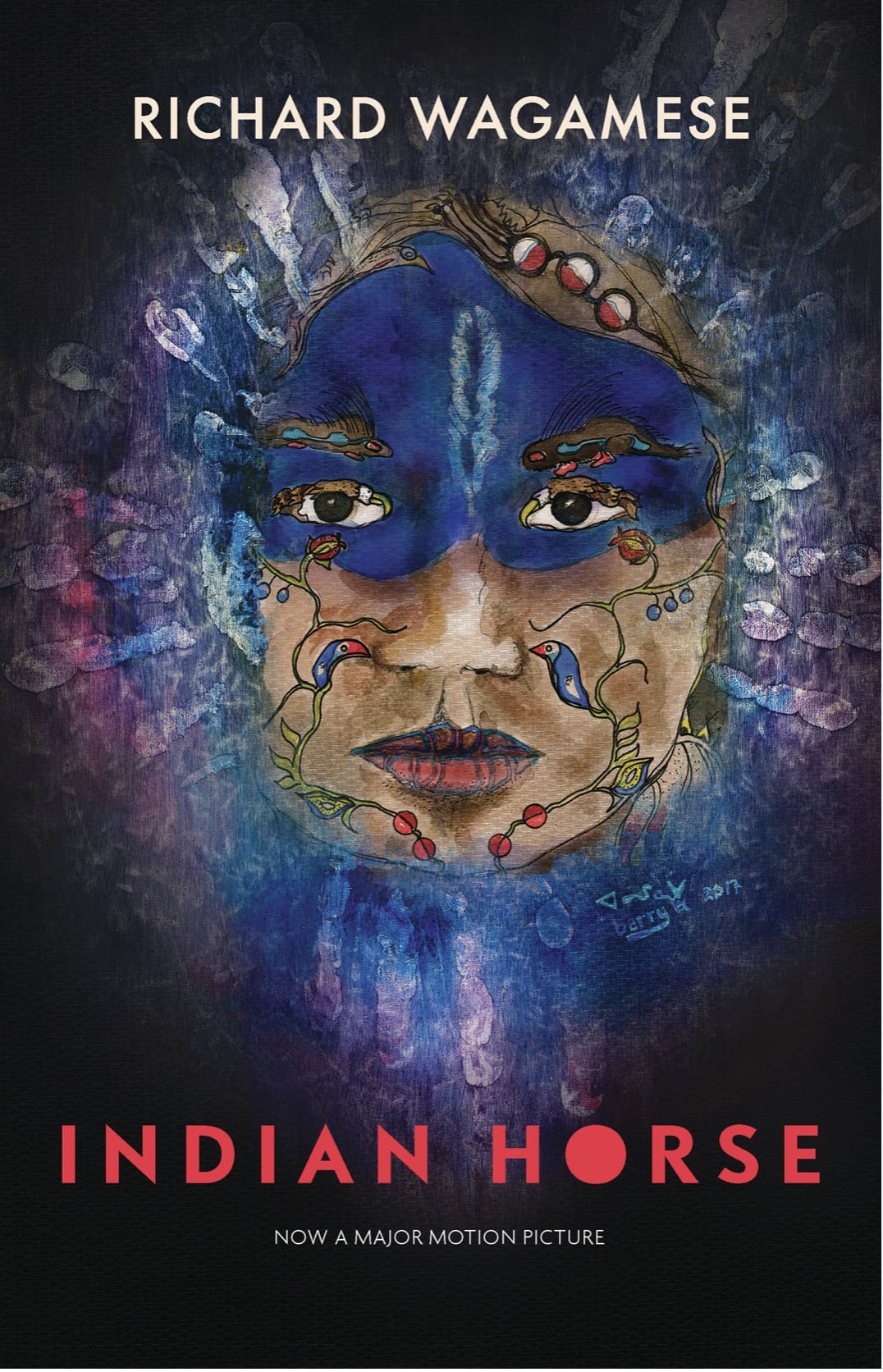
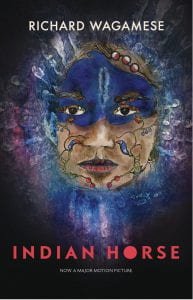
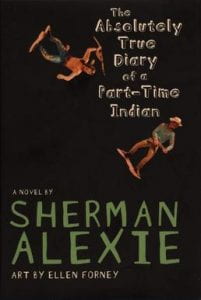
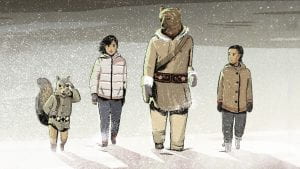
 The Absolutely True Diary of a Part-Time Indian is based on author Sherman Alexie’s life growing up on the Spokane Indian Reservation. The novel is written from the point of view of Jr. – a 14 year old boy who decides to attend the all-white high school twenty two miles away from the rez where he has lived all his life in order to receive a better education. Despite the hardships he faces, Jr. views life with optimism and a sense of humour that will make you laugh out loud.
The Absolutely True Diary of a Part-Time Indian is based on author Sherman Alexie’s life growing up on the Spokane Indian Reservation. The novel is written from the point of view of Jr. – a 14 year old boy who decides to attend the all-white high school twenty two miles away from the rez where he has lived all his life in order to receive a better education. Despite the hardships he faces, Jr. views life with optimism and a sense of humour that will make you laugh out loud.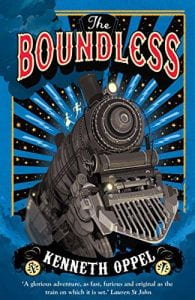 The Boundless is a thrilling adventure by Toronto’s
The Boundless is a thrilling adventure by Toronto’s